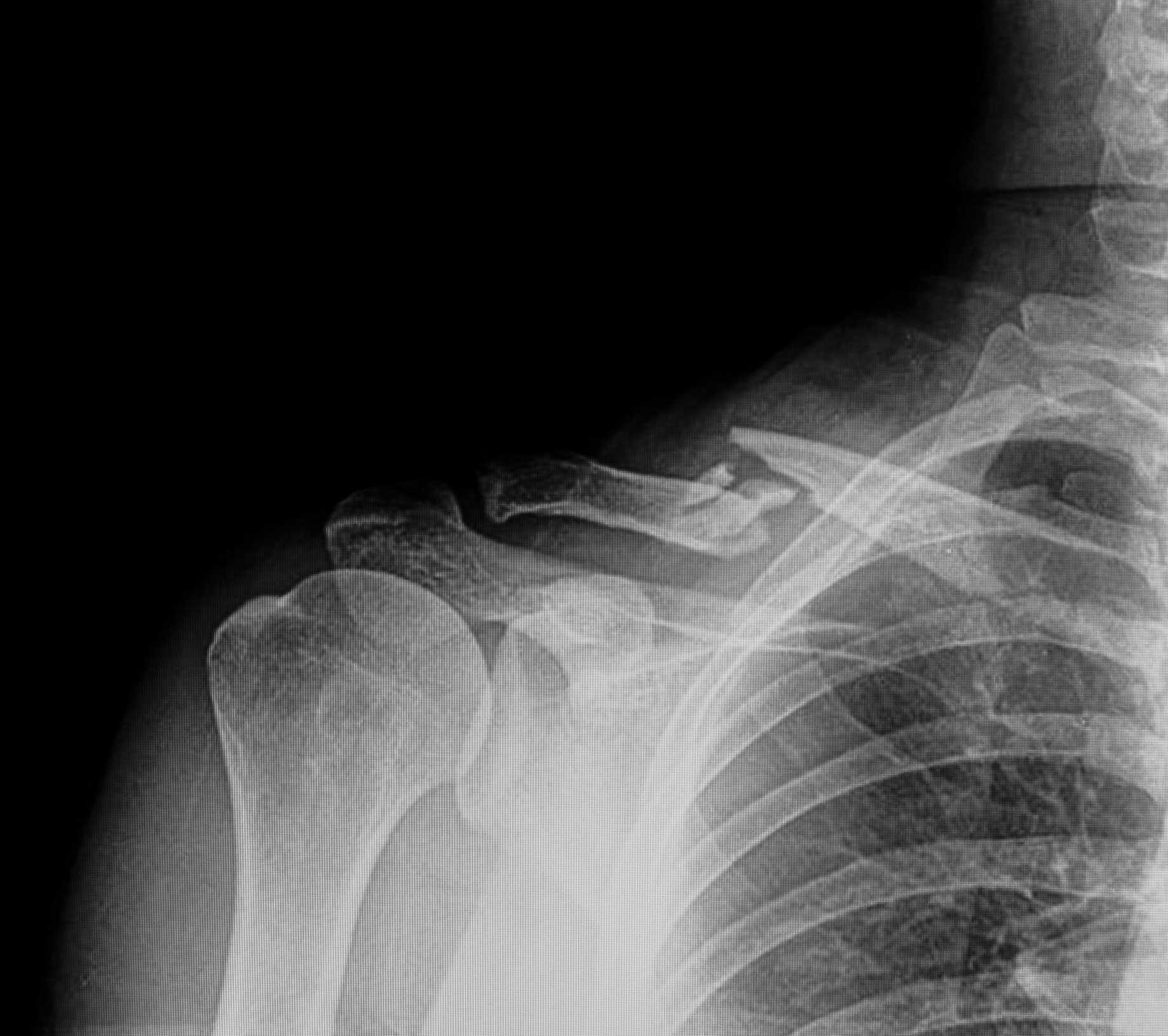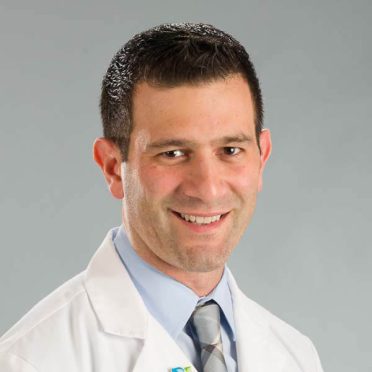Our weekly NFL report evaluates injuries to players of local (Patriots, Giants and Jets) or national interest with commentary by a sports orthopedic specialist from the Bone & Joint Institute at Hartford Hospital.
Player: Aaron Rodgers, Green Bay Packers quarterback.
Injury: Broken right collarbone (throwing shoulder).
How it happened: Rodgers, throwing a pass as he rolled out to his right in the first quarter of a 23-10 loss Oct. 15 to the Vikings, was hit in the midsection by Minnesota linebacker Anthony Barr and driven to the ground, landing on his shoulder.
Expected time missed: It usually takes 6-8 weeks or 8-12 weeks, depending on the severity of the injury. The Packers initially said, however, that Rodgers might return this season. Rodgers missed eight weeks in 2013 with a similar injury.
Dr. Clifford Rios, Bone & Joint Institute orthopedic surgeon and board-certified in sports medicine: “I suspect this will be season-ending. Green Bay will likely struggle for its remaining games and I don’t expect them going far into playoffs at this point.”
What’s a broken collarbone?: It’s a break in the clavicle (also called collarbone), the bone that extends from the front of the shoulder to the sternum (breast bone) in the middle of the chest.
“The clavicle is a strut that connects the entire upper extremity to the rest of the skeleton,” says Dr. Rios. “It is important in the elite athlete to restore normal length and alignment to the clavicle to optimize muscle function around the shoulder.”
Where it breaks:
Middle: The most common area.
Distal: The end, where it connects to the shoulder.
Medial: The other end, where it connects to the sternum.
“Fracture location can predict stability of the fracture and need for surgery,” says Dr. Rios. “Medial fractures are rare and are almost always treated nonoperatively. Mid-clavicle fractures and some distal fractures can be more displaced and more likely to need surgery, particularly in the throwing arm.”
Pain: Substantial. You might have only a slight crack or the bone could break into multiple pieces, a comminuted fracture. The pieces can remain aligned or become displaced. The pain makes it hard to move your arm.
Because the injury is usually caused by a direct blow or the violent impact when falling, or being driven, to the ground, it’s hard to miss a broken collarbone.
Some symptoms:
- Pain when moving the shoulder.
- Difficulty lifting the arm because of the pain.
- A bulge in the shoulder area.
- Tenderness, swelling and bruising.
- A grinding feeling as you raise the arm.
- Shoulder sags down and forward.
A newborn can suffer a birth-related collarbone fracture. (The baby will not move the arm for several days.)
How to repair a broken collarbone: After an X-ray confirms a fracture, your arm is immobilized using a sling or other method for up to six weeks. You’ll need pain medication to get through this period. After the initial immobilization, try to avoid shoulder stiffness with deliberate arm movements. Avoid any type of lifting.
If the injury is to the middle-third of the clavicle with minor displacement, you might avoid surgery. As the pain subsides and you no longer need a sling, you can begin range-of-motion exercises recommended by a physical therapist. After radiography testing and your doctor’s approval, you can begin overhead activities. You can return to your favorite sport up to six weeks after the injury has healed.
“These injuries are pretty easy to rehabilitate,” says Dr. Rios. “The fracture does not affect the shoulder joint so there should not be problems with loss of mobility. Once pain is diminished, you can get moving right away.”
Risk of reinjury: If the fracture is completely healed in anatomic or near-anatomic alignment, it will be as strong, or possibly stronger than its pre-injury state.
“The challenge with athletes is getting them back early and if the fracture repair site is partially healed it is still the weak area for reinjury,” says Dr. Rios. “New bone starts to form at 6-8 weeks but it can take several weeks more to be mature bone, capable of taking hard impact. Surgery may facilitate earlier rehabilitation.”
Recovery time for the athlete vs. non-athlete: Any blunt impact to the top of the shoulder, or a fall on the shoulder can cause a clavicle fracture.
“Recovery time is similar for the civilian,” says Dr. Rios. “The decision to operate or treat in a sling depends partially on the individual patient’s demands.”
Dr Clifford Rios, a sports medicine surgeon with Orthopedic Associates of Hartford, is Site Director for orthopedic resident education at the Bone & Joint Institute. Click here to find out why the Bone & Joint Institute is the athlete’s choice, with a Motion Lab for performance analysis, the area’s most comprehensive sports rehabilitation facility and 30 fellowship-trained orthopedic surgeons.


